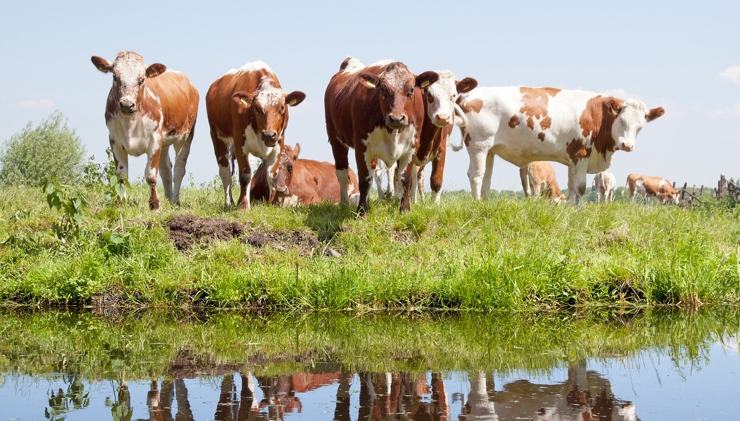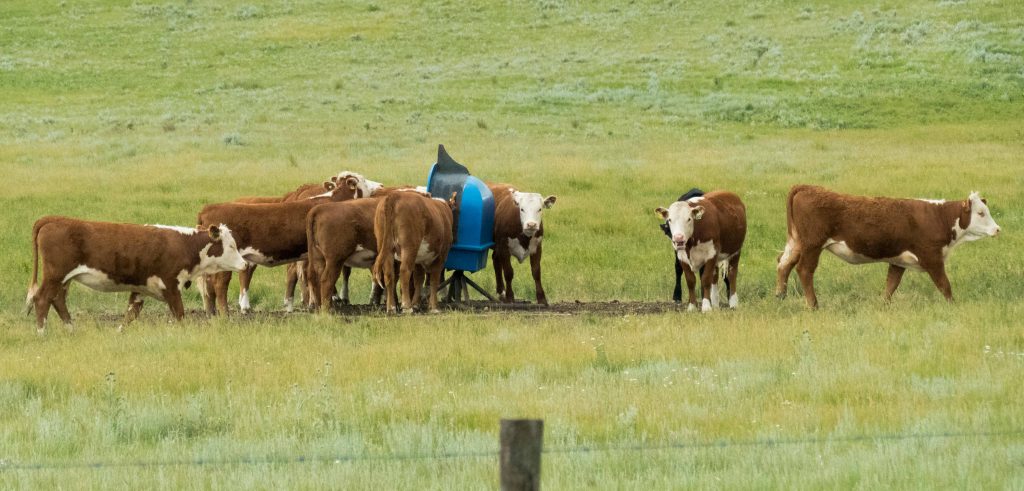BCRC blog: Resources For Drought Management

Recurring drought is a natural part of the climate in many areas of Canada and creates a challenge when managing grazing and forage resources
Beef Cattle Research Council ( BCRC )
Although droughts are often unpredictable, they are inevitable, meaning they are often at the back of every producer’s mind. Long-term farm and ranch management must include planning for and consideration of how drought will affect the entire system – including plants, livestock and water sources.
“Drought plans should identify the order of groups or classes of livestock to be de-stocked, if necessary, and at what point each group will be moved if the drought persists”
Our September 2025 Issue
In our September 2025 issue, Beef Advocacy Canada relaunches new platform, U.S. shuts the door on small exporters, The future of meat, John Deere tariff warning, Shrugging off high beef prices, Geopolitics and Bird Flu, The reshaped meat processing industry, Rethinking Ag trade, and much more!












